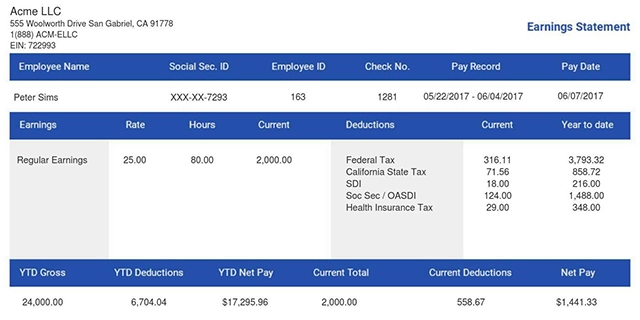Freelancing For Beginners: 1099 vs W-2
Experts predict that by 2020, 43% of the workforce will be comprised of freelancers. If you're considering giving up the traditional 9-5, you're not alone. There are some important things about freelancing for beginners that you should know, for instance, the difference in your responsibilities, and your employer's obligations to you.
Being an independent contractor on a 1099 instead of an employee required to file a W-2 should be carefully considered before you take your next job. Keep reading as we discuss relevant information for filing tax forms for new freelancers.
Taxes And Freelancing For Beginners
The most important difference you'll experience as a 1099 vs. a W2 employee is the way you pay your taxes. Freelancers receive 100% of their salary from their employers and must set aside a portion of their earnings to settle with the government during tax season. Any freelance job for which you earn more than $600 is required to give you a 1099 form.
If you're an employee who receives a W2, your employer will withhold a percentage of your salary for Social Security and Medicaire taxes (FICA). Your employer also pays 50% of these taxes. Come tax time, you simply submit your W2 and settle any differences with the IRS. As a freelance employee, it is very important to think about your tax burden throughout the year.
While it is convenient and helpful to have extra cash at your disposal at the moment, don't get caught off guard when April comes and you potentially owe the government a large sum of money. One of the major advantages of a 1099 vs. W2 is, you'll be able to write off many routine expenses when settling your taxes. Your cellphone bill, gas mileage, home internet, and other expenses could all be deductible.
Click Here to Create Your Form W-2 in Less Than 2 Minutes
1099 VS. W2: Your Role With The Company
Beyond affecting the way you're paid, being a 1099 vs. W2 employee means different things about the nature of your role within a company. You'll file a W2 if your job requires you to be on site for at least 20 hours a week and lasts for at least three months. Some jobs may give you the option of working from home and being paid to complete specific projects. A 1099 is the appropriate form in this case.
If you are required to report to an office or log a specific number of hours, you should insist on a W2 from your boss even if they try to classify you as a 1099 employee. This will keep you protected from having your time taken advantage of by your employer and potentially save you time and money when taxes are due. Think you've been misclassified by your employer? Consider these steps to fix it.
Also read: The Difference Between Forms 1009 and W2?
Help For Employers
Freelancing for beginners can be daunting without the proper information. Understanding the differences between being a 1099 and a W2 employee should be an early priority. If you're an employer, understanding these differences could save your business. Managing your team, however, even if they're comprised of both 1099 and W2 employees doesn't have to be a hassle.
We make it easy for employers to provide all their workers with the proper forms, whether they're freelancing or not. Learn more about how we can help simplify your payment processes and keep your employees happy. We offer professional service and around the clock support.
Let us help you create your W-2 form today! You can create your paystubs as well with the professional paystub maker of ours.
Also read:















